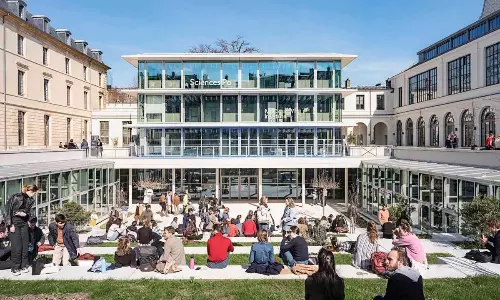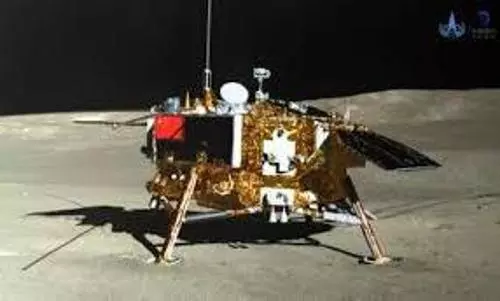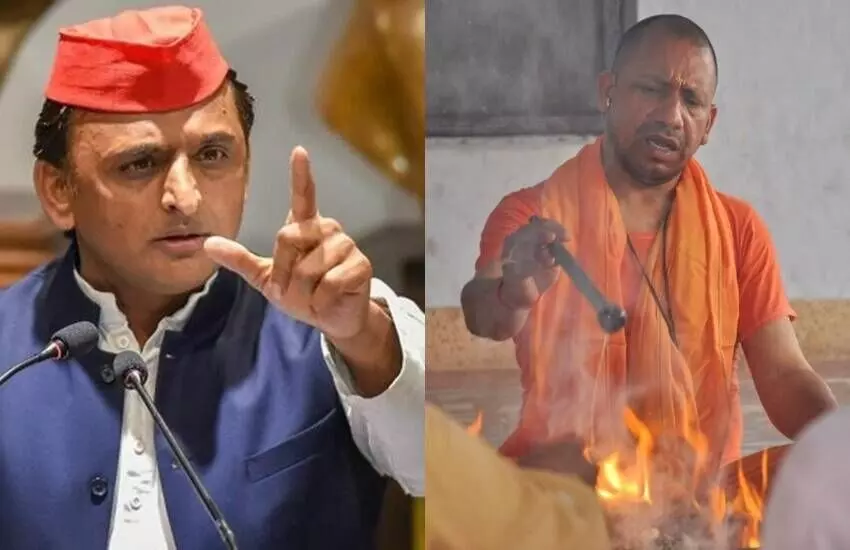
UP Elections: Is Yogi's Hindu vs Muslim working?
text_fieldsThe BJP is getting a bit desperate to try and control the narrative of the Uttar Pradesh elections that will begin in seven phases starting from February 10. And the fall-back option for them is always to try and play Hindu against Muslim in keeping with Chief Minister Adityanath Yogi's declaration that the election is between 80 per cent and 20 per cent (Muslims make up 20 per cent of the state population). The big question is whether Hindu vs Muslim is working on the ground?
The first two rounds of voting on February 10 and 14 are critical to get the Hindu vs Muslim strategy off the ground for the BJP. The highest percentage of Muslims live in some of the seats that vote in Phase 2, including Moradabad and Rampur, where they make up 50 per cent of the electorate. Phase 1, is important too because it will take place in what is referred to as the Jat belt. This is where the entire advent of Narendra Modi began in the 2014 general election following the Muzaffarnagar riots of August-September 2013 between Jats and Muslims. The entire atmosphere of UP would be vitiated by the riots that gave the BJP campaign a great momentum that year.
Now, nine years later, the mood amongst the Jat community has shifted dramatically, as they were participants and in leadership positions in the farm protests that were strongly anti-BJP and anti-Modi. The agitation ended after a year only when the PM withdrew the farm laws on November 20 last year. So, from being loyal voters of the BJP in 2014 and 2019 national elections and the 2017 state elections, the first choice of the Jat community in 2022 is the Rashtriya Lok Dal that is in alliance with the SP.
The Rashtriya Lok Dal (RLD) is a legacy party built on loyalty to Charan Singh, a former PM, and arguably the tallest Uttar Pradesh Jat peasant leader. It is now led by Jayant Chaudhary, the grandson of Charan Singh. Jats are a vocal community with large high representation in the armed and police forces, found in Punjab (Jat Sikhs), Haryana, parts of Rajasthan and the sugarcane belt of Uttar Pradesh.
Muslims are also present in large numbers in the first phase seats (their numbers are larger than Jats) but in combination with the Jats, they give the RLD-SP a good head start.The farm movement is believed to have repaired some of the post-riot social fissures. The Jat-Muslim combine is the traditional RLD and Charan Singh social base.
Right now, the BJP, with the help of friendly media, is ramping up every Muslim related issue—their fall-back option at all times. Clearly, BJP spokespersons have been told to speak of Jinnah, Pakistan and Muslim candidates put up by the SP led Front. One of the most high-profile spokespersons of the national party, Sambit Patra, for instance, landed in Lucknow and gave a press briefing last week evoking both Pakistan and Jinnah besides Muslim figures such as Mukhtar Ansari and Atiq Ahmed, both jailed politicians.
The BJP has several MLAs and lawmakers with criminal records and individuals who are considered powerful "dons" of their areas, but the media has played along with the ruling party to project Muslims as being the sole "criminal" community. Communalism is part of the narrative in Uttar Pradesh.
Yet, simultaneously, it must also be noted that this is not being seen as a Muslim/Hindu election and on the ground people are talking about economic and livelihood issues: lack of jobs, rising prices, stray cattle destroying their crops and an overall impoverishment that is now a lived reality for many.
Which is why in spite of all the Hindu-Muslim narrative being spread by media and social media, on the ground in west Uttar Pradesh, numerous reports have come of angry villagers and constituents refusing to allow BJP MLAs into their area for campaigning. Such video clips are in wide circulation and show people surrounding the vehicles of BJP lawmakers and showing them black flags and forcing them to depart.
These videos have come from Muzaffarnagar, Meerut, Shamli and Mathura, all districts that vote in the first phase. Certainly, the BJP has a formidable party structure, but the question is whether they will be able to work to their full capacity in some parts of UP.
At the end of the day, the election in UP is about electing a state government. It is therefore the time for voters to voice their grievances. There has been an economic downturn, and it is behind the loud voices rising against the BJP.
The social coalition of forward and backward castes has also cracked, with the chief minister Adityanath Yogi, accused of running a government and giving jobs only to Thakurs, the forward caste to which he belongs. The Mandal era language of forward vs backward is therefore heard in the eastern part of the state, known as Purvanchal, that votes in the last phase.
What the BJP has going for it is success in several welfare schemes and a certain ideological constituency that is committed to a Hindu first nation. It also has great depth and reach in its party and cadre structure besides the obvious benefits of being in power in both the state and the Centre. What it is challenged by is the shift in mood and the desertion of a section of caste groups that gave them a formidable win. The election will be closely contested, and the BJP is facing a fight on every seat.






















